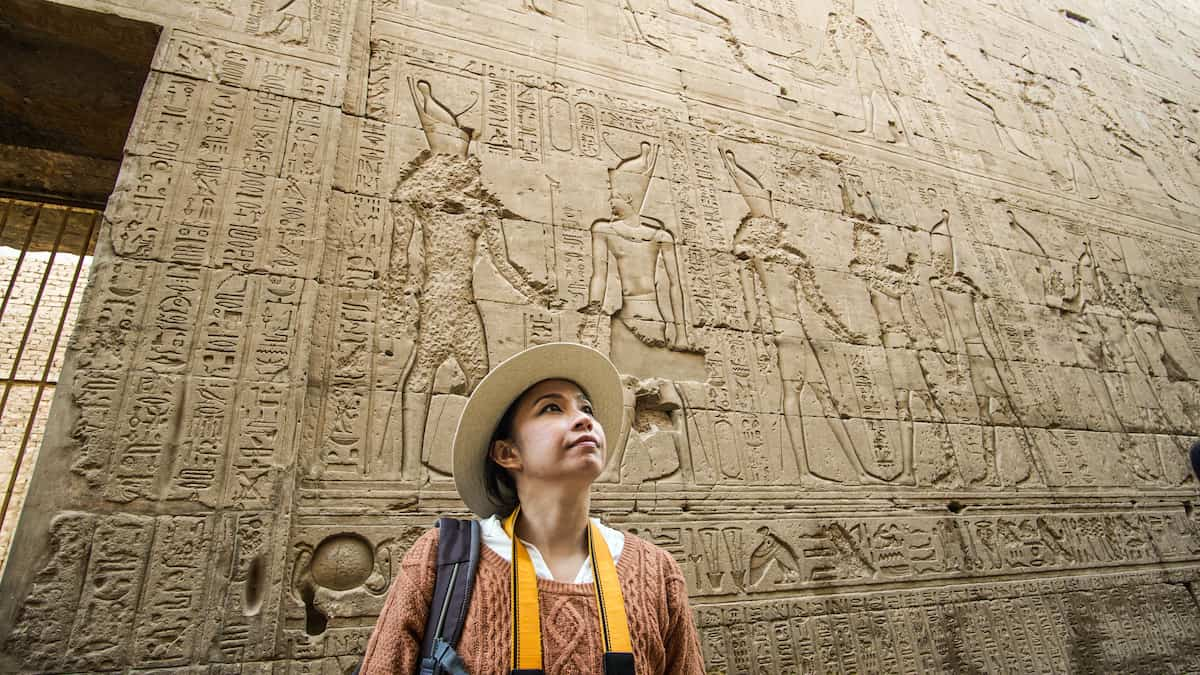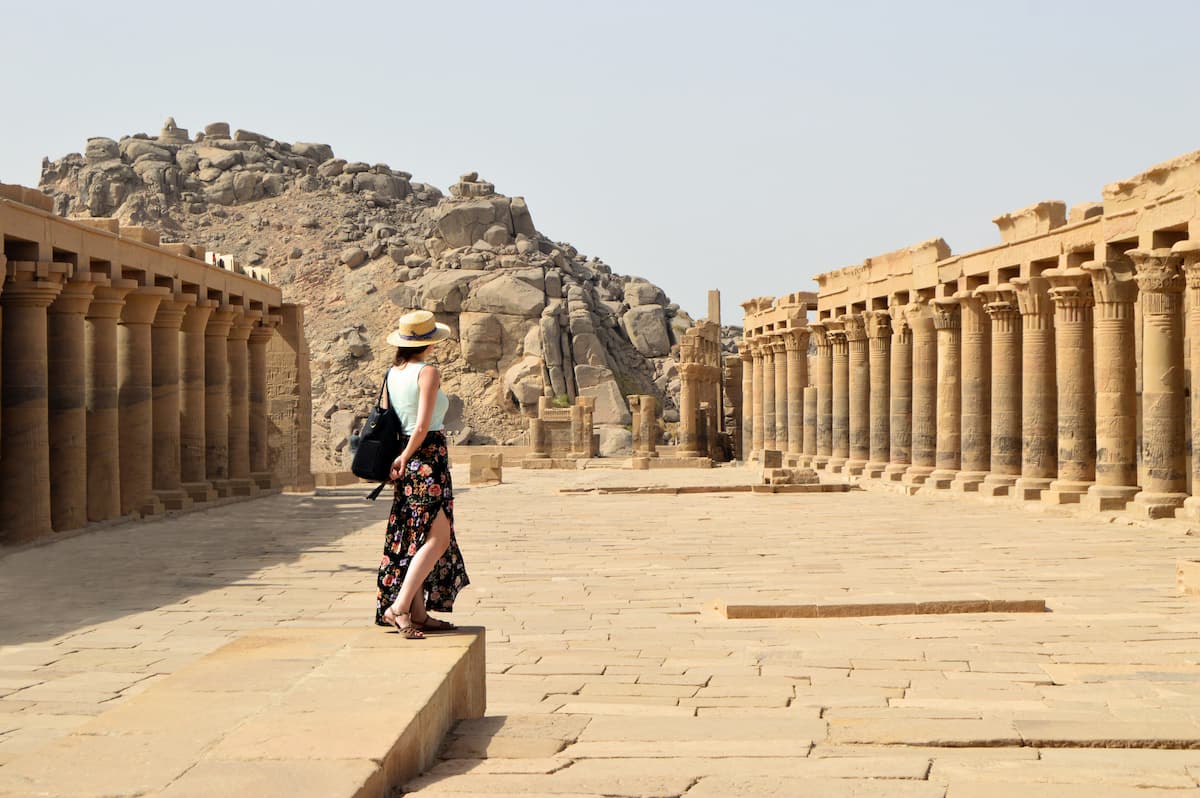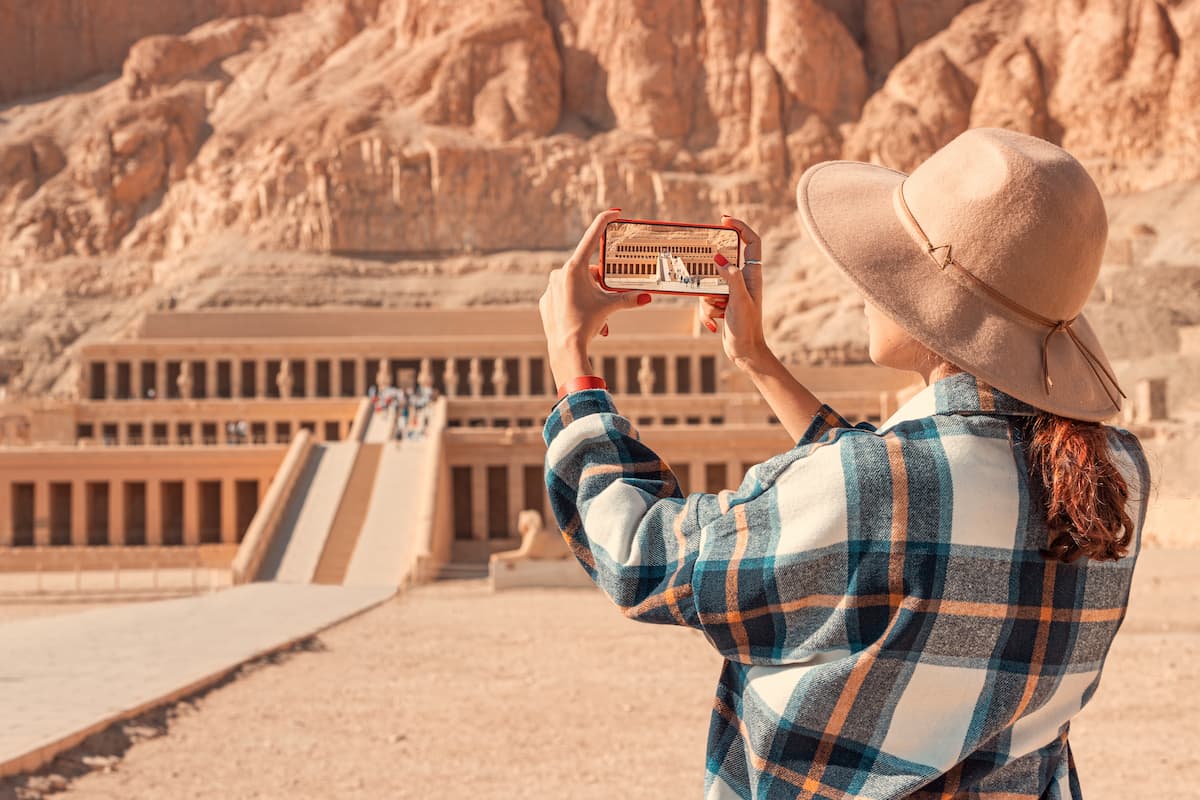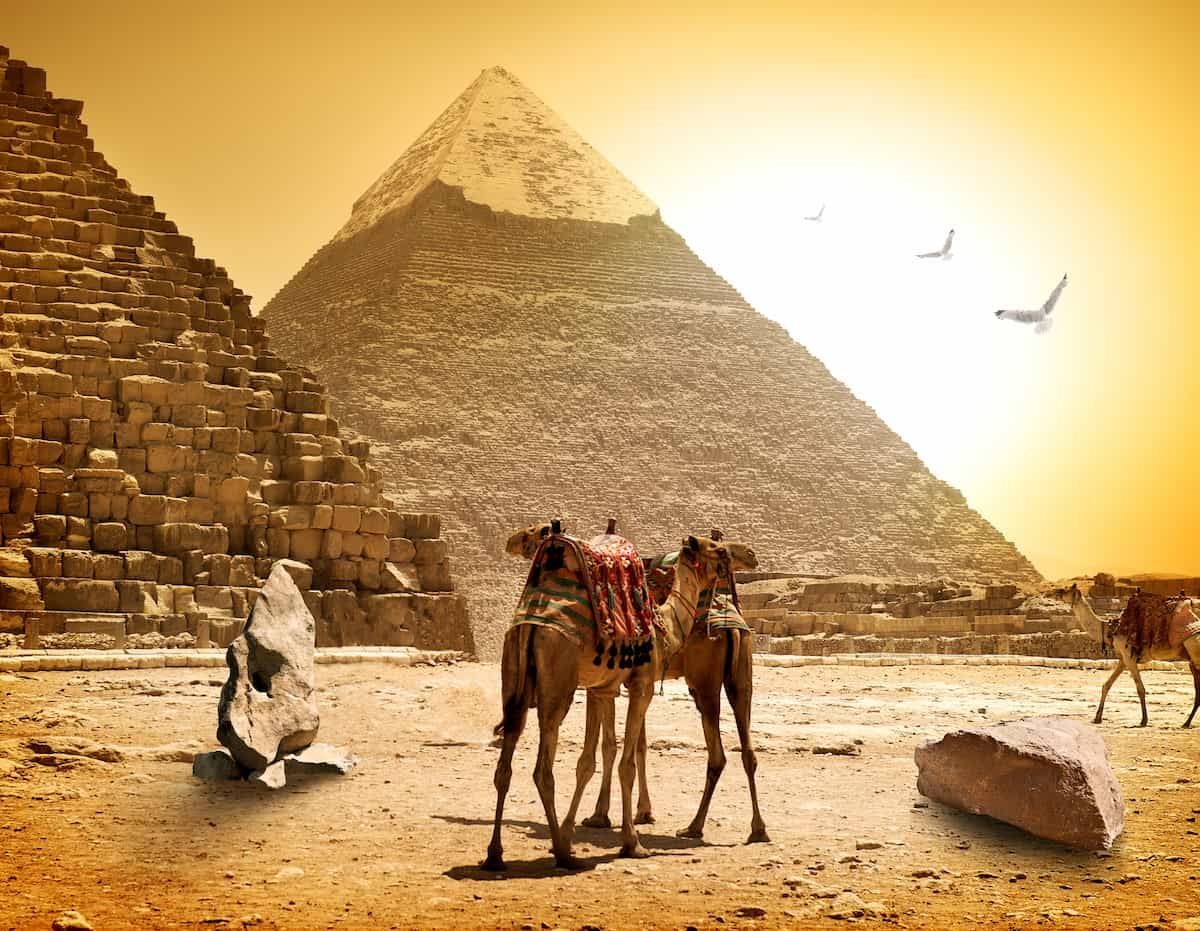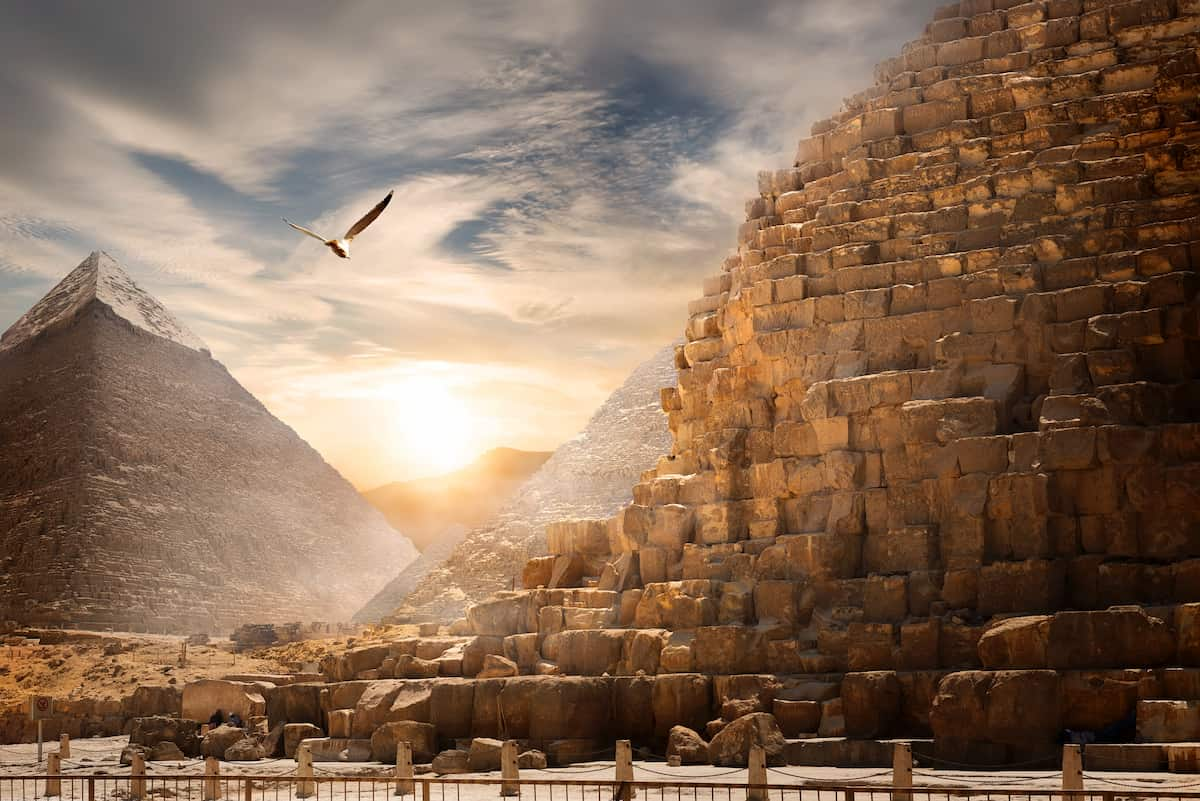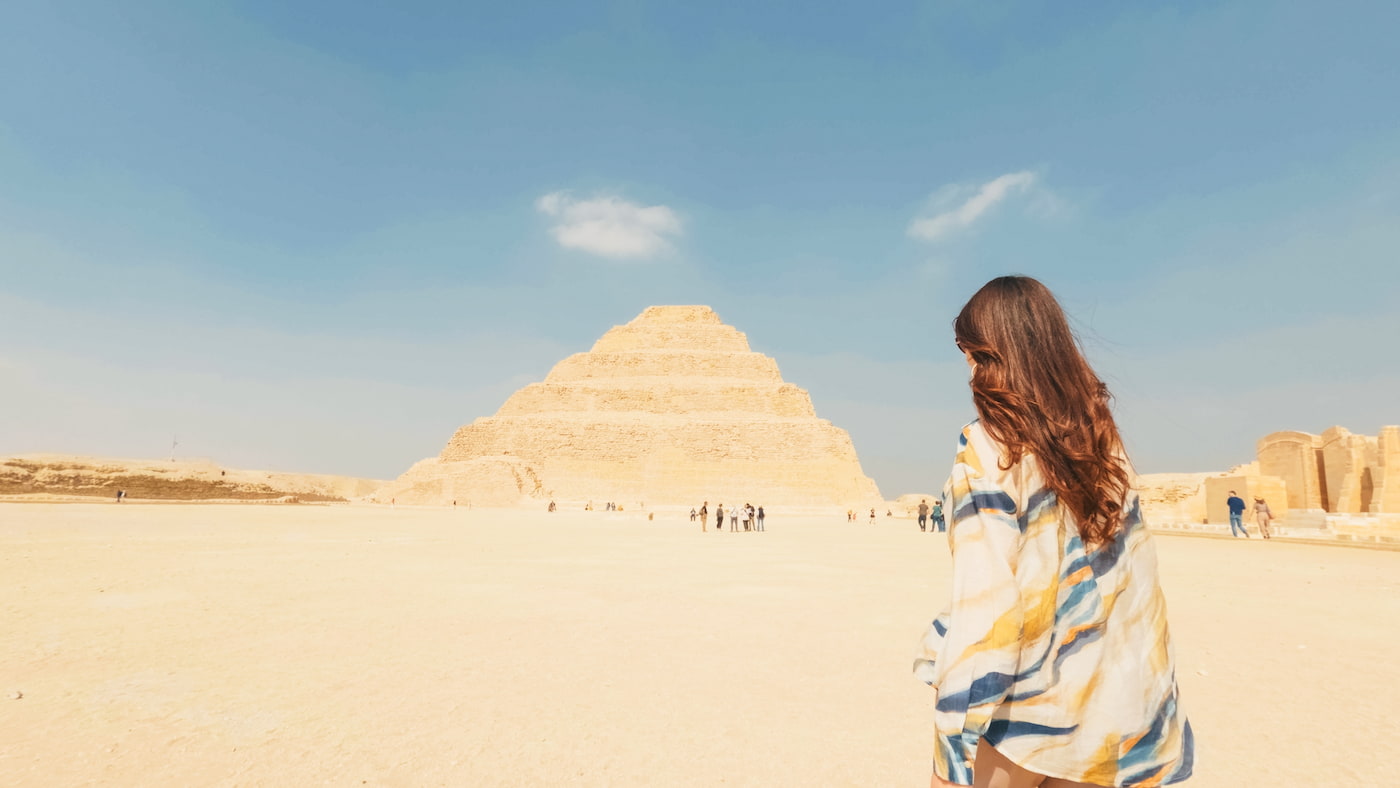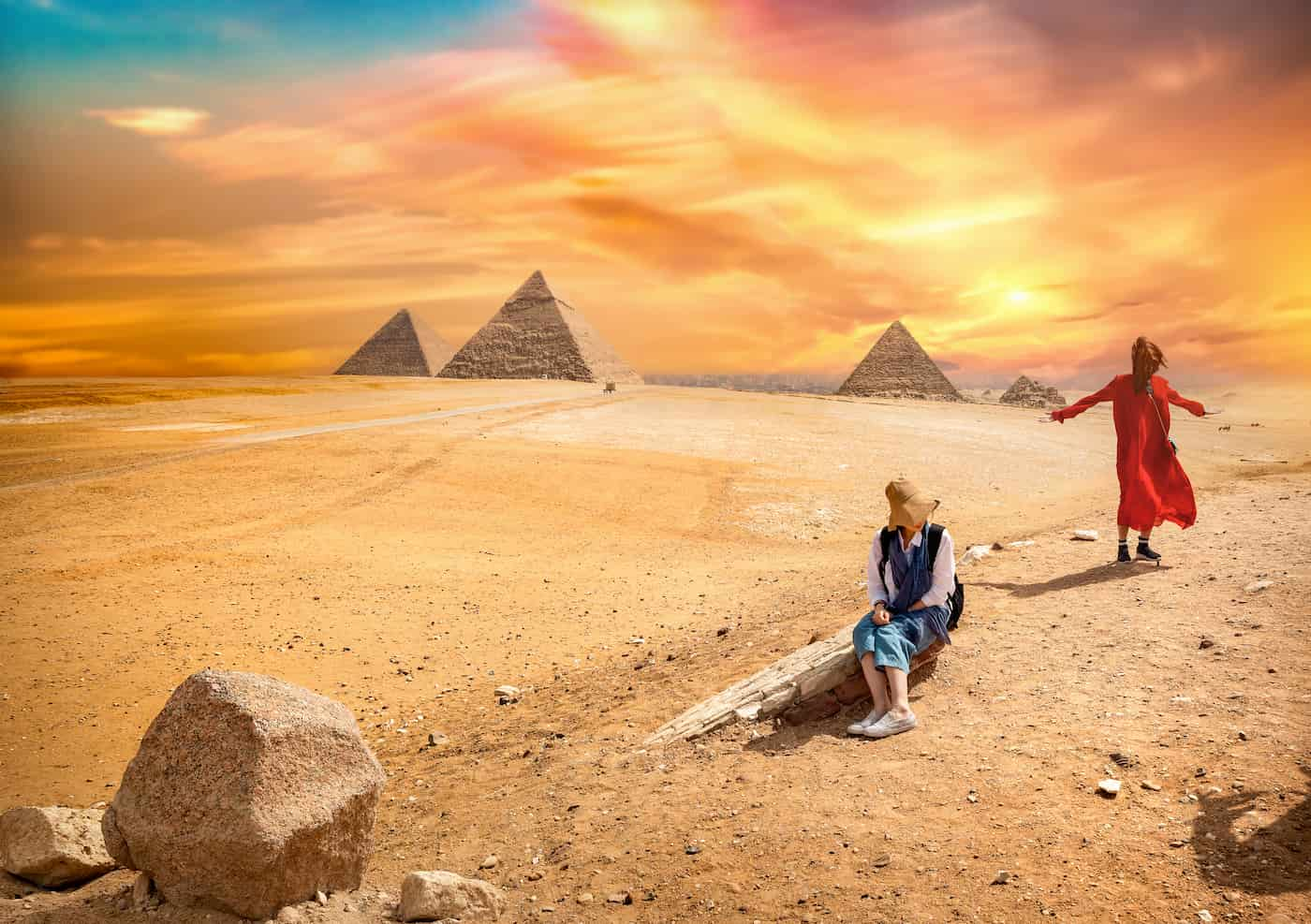What did ancient egyptians look like?
1Ancient Egyptian People and what did Ancient Egyptians look like?
Ancient Egypt was a civilization that ruled over a sizable portion of what is now modern-day Egypt, along the Nile River. Although the majority of the nation was made up of desert, the Nile River provided a good area for farming. The amazing pyramids, temples, and tombs that the ancient Egyptians constructed are still standing today. Ancient Egyptians had a distinctive culture and religion that included worshipping a number of deities, mummification, and the use of hieroglyphics for communication and record-keeping. Although there is disagreement regarding the precise physical characteristics of the ancient Egyptians, some researchers contend that they had light brown skin, dark hair, and eyes. In fact, all things considered, ancient Egypt was a fascinating civilization with a rich past and culture. So, what did ancient Egyptians look like?

Appearance of Ancient Egyptians
While some academics have proposed that ancient Egyptians had light brown skin, dark hair, and eyes, others have hypothesized that they might have had a range of physical traits because of the variety of populations that were in the area. No strong consensus exists regarding the appearance of ancient Egyptians, despite attempts to infer it from skeletal remains, 3-D reconstructions of mummies’ faces, and genomic studies. Overall, the search results indicate that there is still much dispute and inquiry about the physical characteristics of ancient Egyptians.
Other Related FAQs
Were ancient Egyptians black?

While some academics contend that ancient Egyptians had a diversified ethnic makeup and a wide range of physical characteristics, others contend that they were primarily of African heritage. Ancient Egypt can’t be categorized as belonging to any certain racial group because historical evidence from Egyptian texts, artwork, and mummies reveals that it was always ethnically varied. However, there is still disagreement on the racial identity of the ancient Egyptians. DNA analyses of mummies have revealed that the ancient relatives of the ancient Egyptians were from the Near East and Europe. While some academics contend that the ancient Egyptians were black Africans, others contest this claim. Overall, there is no unambiguous agreement on whether black people were present in ancient Egypt, and research and discussion on the subject are still ongoing.
What physical features did Ancient Egypt have?
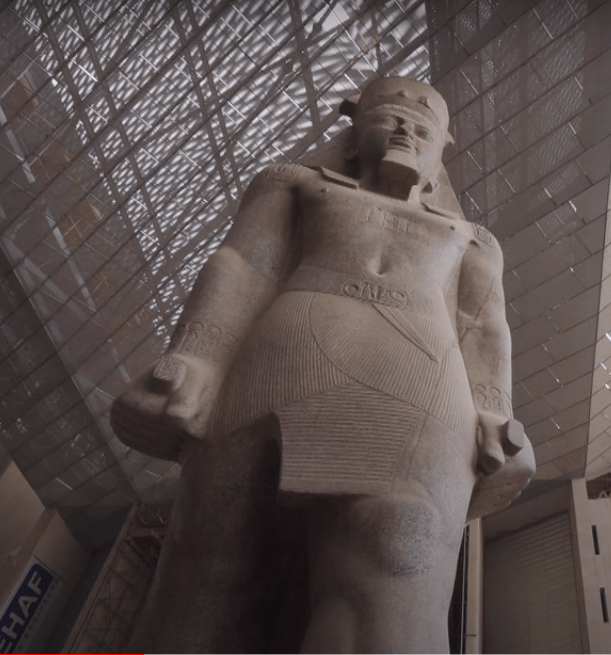
Ancient Egyptian Physical Features
Who is most closely related to ancient Egyptians?
Are modern Egyptians related to ancient Egyptians?
The answer is that both ancient and modern Egyptians are linked. Genetic and DNA investigations have revealed that contemporary Egyptians are related to groups in North Africa, the Middle East, and ancient Egypt. 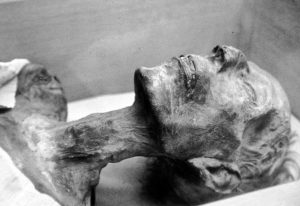 Although there has been some disagreement on the precise level of genetic continuity between ancient and modern Egyptians, the preponderance of the evidence points to the modern Egyptians’ ancestry. This includes data from genomic research on contemporary Egyptians as well as studies that analyzed the DNA of mummies. Overall, the search findings indicate that ancient and modern Egyptians share a substantial genetic and cultural heritage.
Although there has been some disagreement on the precise level of genetic continuity between ancient and modern Egyptians, the preponderance of the evidence points to the modern Egyptians’ ancestry. This includes data from genomic research on contemporary Egyptians as well as studies that analyzed the DNA of mummies. Overall, the search findings indicate that ancient and modern Egyptians share a substantial genetic and cultural heritage.
Are there any living modern descendants of the ancient Egyptians?
Are Egyptians today descendants of Ancient Egypt?

Evidence exists to support the theory that modern Egyptians are descended from ancient Egyptians. DNA evidence has revealed that modern Egyptians receive more ancestry from African forebears than the studied mummies, and studies have revealed genetic connections between modern Egyptian people and others of North Africa and the Middle East. Additionally, every investigation and test has revealed that contemporary Egyptians are the genetically closest to and direct ancestors of ancient Egyptians. However, there is ongoing discussion and contention regarding the precise physical characteristics of ancient Egyptians.
What color eyes did ancient Egyptian have?
Conclusion
The Ancient Egyptians are said to have had reddish-brown skin in certain sources, but they may have also had lighter or deeper skin tones. According to a study that was stated in the search results, the Libyans had the palest skin, followed by Asians who had a yellowish appearance, and Egyptians who had reddish-brown skin.
Additionally, there is proof that both sexes of Ancient Egyptians made considerable efforts to enhance their look through the use of cosmetics and other techniques. For instance, it was popular in ancient Egypt to paint men in darker colours to suggest that they spent more time outdoors and women with paler skin to show that they spent more time indoors.
Overall, Ancient Egyptian physical characteristics were probably varied and impacted by a variety of elements, such as regional heritage and environmental elements.


